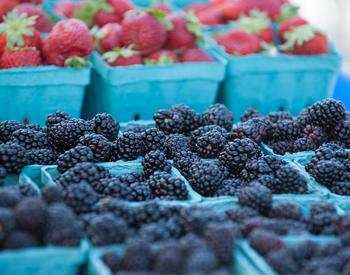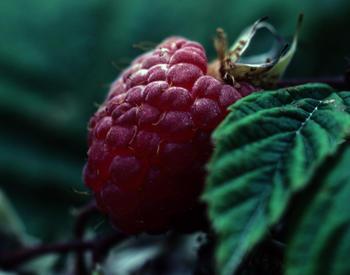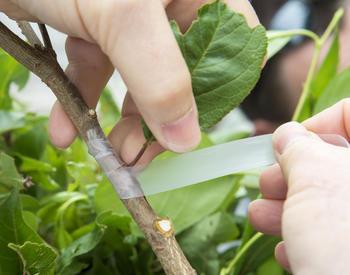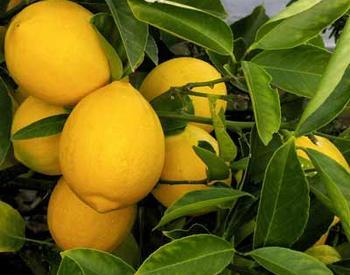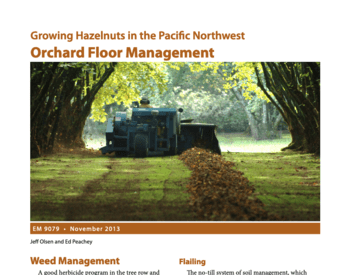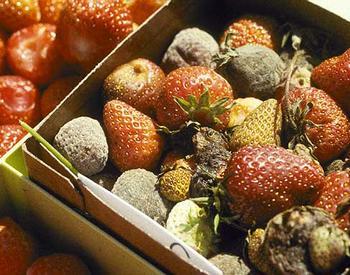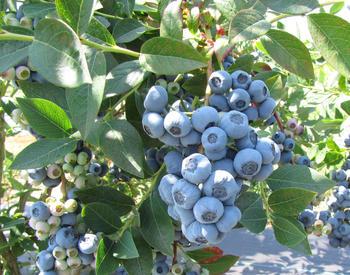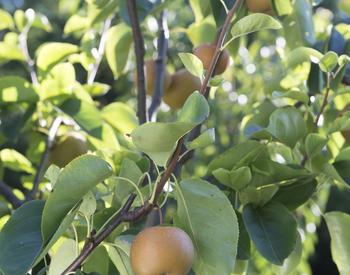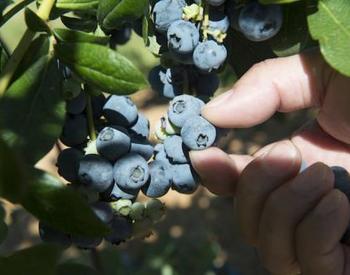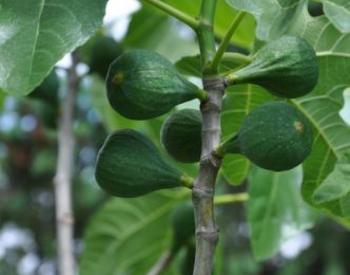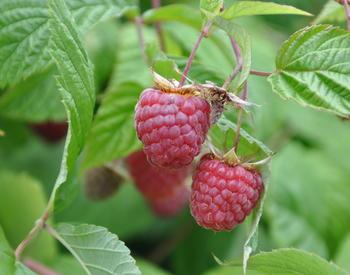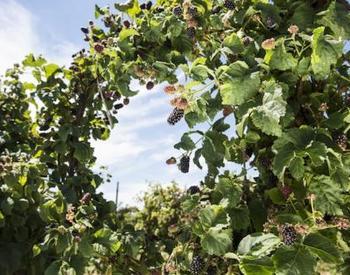You have been looking at that large, old, unkept fruit tree in your yard for some time, wondering what you are going to do with it. You are faced with a difficult decision. Do I save the tree and try to reinvigorate it, or do I remove it and start over? Let's analyze the situation so you can make an informed decision. Ask yourself these questions:
- Is the trunk of the tree sound with no major holes or a rotted center?
- Does the tree appear to be healthy with minimal limb dieback or signs of disease?
- Does the tree produce a desirable variety of fruit, one that I will use?
- Will I be able to care for this large tree properly? Spraying and picking will probably need to be done from a ladder.
- Is the tree in a location that fits into my garden plan?
- Will I be more likely to keep a small tree in good shape, or the large, old one? Abandoned trees harbor insects and diseases that can damage other orchards.
If you decide to save your old fruit tree, you will have to start a program of renovation that will usually take three to four crop years. You will need to identify what type of fruit tree you have. If you moved into your home during the dormant season and you are not sure what kind it is, bring a twig or small branch to your nearest Master Gardener clinic for help.
A good renovation program begins with pruning. Knowing what type of fruit tree you have is critcal, since each type requires a different pruning system. (See Training and Pruning Your Home Orchard, PNW 400). Wait until your tree has dropped its leaves and is dormant before doing major corrective pruning.
Year 1
When working with apple, pear and cherry, you will want to reshape your tree over a period of several years with corrective pruning. During the first year, reduce the height of the tree. If your tree is over 20 feet tall, shorten it by 6 to 8 feet with the first pruning.
Shorten the tree by cutting the main scaffold limbs back to a strong, well-positioned side shoot or riser. Thin out the upper third of the tree by removing dead branches, crossing limbs and hanging branches. This will allow better light and air movement into the tree in the coming year.
Year 2
In the summer of the second year, inspect your pruning and remove most large vigorous new shoots that have arisen at the top of the tree. Leave a few minor shoots that do not shade much. If you see new shoots developing lower down in the tree — especially off of the main trunk or scaffolds — leave them alone. You are trying to get the tree to start producing new fruit wood in the lower canopy.
During the second dormant pruning period, decide on the desired final height for the tree. You probably won't be able to lower the tree more than another 2 feet from the previous year without hurting your tree and yield potential. Continue to thin out shoots in the upper half of the tree, trying to space the main limbs and distribute the new fruiting wood uniformly. Limbs around the outside of the tree should be shortened to allow better light exposure to the lowest new limbs. Help train new shoots off the trunk to go outward, not straight up.
Year 3
During the summer of the third year, return to the top of your tree and remove about half of the new shoots near your heaviest pruning cuts. Remove the most vigorous shoots first. When the third dormant period comes, continue to shape your tree by shortening the outer branches by 1 or 2 feet. Spread the new fruiting wood evenly over the entire tree from the lowest limbs to the upper scaffolds.
Your tree should now allow very good light and air penetration to all the limbs. All areas of your tree should now be easily accessible from your ladder for thinning, spraying and picking.
Other steps
From the first year of your renovation project, your tree’s recovery will be enhanced by clearing away any tall grass or brush from around the trunk and out to the dripline. You should also check the pH of your garden or yard soil to see how acidic your soil has become. Homeowners can buy an inexpensive soil test kit at any garden supply store. If your soil has become acidic with a pH below 5.6, add lime to help the nutrient uptake of your tree. Mulch under the tree out to the drip line with aged manure or compost to help return health to your soil and vigor to your tree. Start a regular spray program with dormant oils and fungicides every dormant season to keep your tree in top shape.
One big advantage to restoring an old fruit tree is that you will be able to pick some fruit during the renovation process. By the fourth year, your large tree will also be producing three to four times what a small tree would.
References
- Pruning to Restore an Old, Neglected Apple Tree. R.L. Stebbins and J. Olsen. EC 1005
- Training and Pruning Your Home Orchard, R.L. Stebbins. PNW 400
- Apples Nutrient Management Guide. EM 8712
